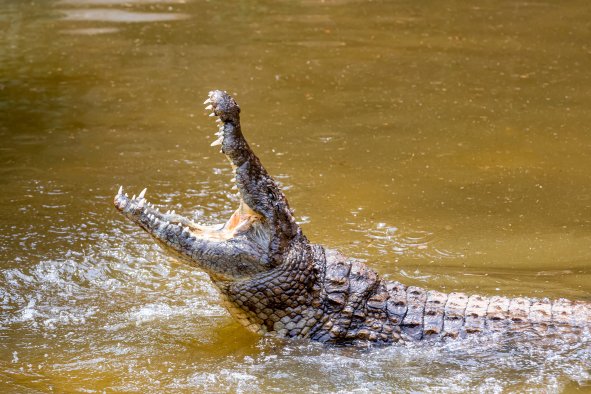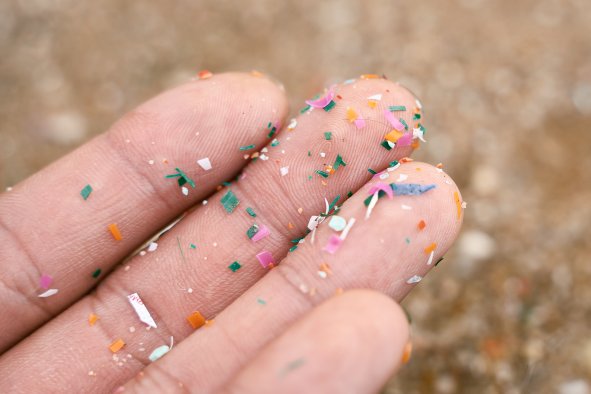Researchers have developed a technique for revealing hidden details in badly tarnished old photos—bringing to light 19th century images that seemed "lost forever."
In a study published in the Journal of Cultural Heritage, a team led by chemistry professor Tsun-Kong (T.K.) Sham with Western University in London, Ontario, Canada, have demonstrated the effectiveness of their novel imaging technique at retrieving images from corroded daguerreotypes—an early form of photography.
The team found that their technique, which builds on a strategy that they first reported in 2018, can be used no matter how badly damaged the surface of the image is from natural corrosion or cleaning attempts.
Daguerreotype, invented in the 1830s by Frenchman Louis Jacques Mandé Daguerre, was the first practical photographic process.
The process involved the use of silver-coated copper plates treated with specific chemicals to make them sensitive to light. The plates were then placed in a camera and the cap would be removed, exposing them to light and imprinting an image on them.
The necessary exposure time varied depending on the light conditions, but for the earliest daguerreotypes could range from three to 15 minutes, making them very impractical for portraiture, according to the Library of Congress.
After the plate was exposed to light, it would then be treated with further chemicals to fix the image. Finally, the plate was rinsed and dried, before being sealed behind protective glass.
The popularity of daguerreotype had already declined by the late 1850s as faster and less expensive photographic processes emerged.
Because the process does not involve the use of negatives, each daguerreotype image is unique.
"You can only make it once, and that's it," Sham said in a YouTube video describing the latest research.
Given the uniqueness of each daguerreotype, they carry a certain historical value. But over time, the "image particles" are corroded from exposure to the environment and from being in contact with the glass that protects the plate.
Sham and colleagues hypothesized that they might be able to retrieve highly corroded and tarnished daguerreotype images using narrow beams of X-ray radiation.
"We decided to do this experiment in 2018. And since then, we improved the capabilities of the techniques and we can get much better images. Now in order to do that, we have to use much softer X-rays," Sham said.
These "softer" X-rays are available at the Canadian Light Source (CLS), a national research facility located in Saskatoon, Saskatchewan. The facility is Canada's only synchrotron light source—a type of particle accelerator that is capable of producing extremely bright light. These facilities have a variety of scientific uses, enabling advancements in various fields from health and agriculture to materials science.
"Synchrotron light is unique in its intensity and brilliance, and it can be generated across the range of the electromagnetic spectrum: from infrared to visible light to X-rays," according to the Australian Nuclear Science and Technology Organisation.
For the latest study, Sham and his team applied their synchrotron light technique—using the CLS facilities—to daguerreotype plates from the 19th century. These daguerreotypes, which belonged to private collectors and the National Gallery of Canada, were badly tarnished—likely thanks to deterioration over time and possible cleaning attempts.
Applying their technique, the team managed to retrieve the degraded images, which included a man and a woman fashionably dressed in 1850s clothing, as well as one of a baby wrapped in covers.
"Revealing images that seemed lost forever is what's most exciting," Sham said in a press release. "We get a glimpse of people living in the 19th century that we wouldn't have otherwise and learn about their history and culture."
The researchers demonstrated that their technique was always effective as long as the image particles underneath the tarnish remained intact.
The latest research could have implications for scholars who study history, given the possibility of retrieving lost images.
"When daguerreotypes develop surface tarnish due to corrosion, they lose much of their value because they cannot be effectively studied or displayed," the authors wrote in the study. "Retrieving images from daguerreotypes therefore recovers their value as cultural heritage. In some cases, sitters are public figures such as politicians, entertainers, artists, or authors, and these portraits offer insight into their lives.
"There are extensive collections of daguerreotypes in public museums, galleries, and archives around the world... In addition, there are many daguerreotypes in private collections. Some are in excellent condition, but others are not."
The team's technique could also have other potential applications in a variety of scientific fields. For example, it could be used to study other historic artifacts or fossils that have severe surface deterioration. It also promises to be useful for scientists studying corrosion on materials.
"You could determine whether or how a metal may be corrosion-resistant," Sham said in a press release. "Or in the case of an already corroded material, you can learn what the product of that corrosion is and its distribution on the surface, and then you can work back and think about how to prevent that corrosion from happening."
Do you have a tip on a science story that Newsweek should be covering? Do you have a question about chemistry? Let us know via science@newsweek.com.
Disclaimer: The copyright of this article belongs to the original author. Reposting this article is solely for the purpose of information dissemination and does not constitute any investment advice. If there is any infringement, please contact us immediately. We will make corrections or deletions as necessary. Thank you.



